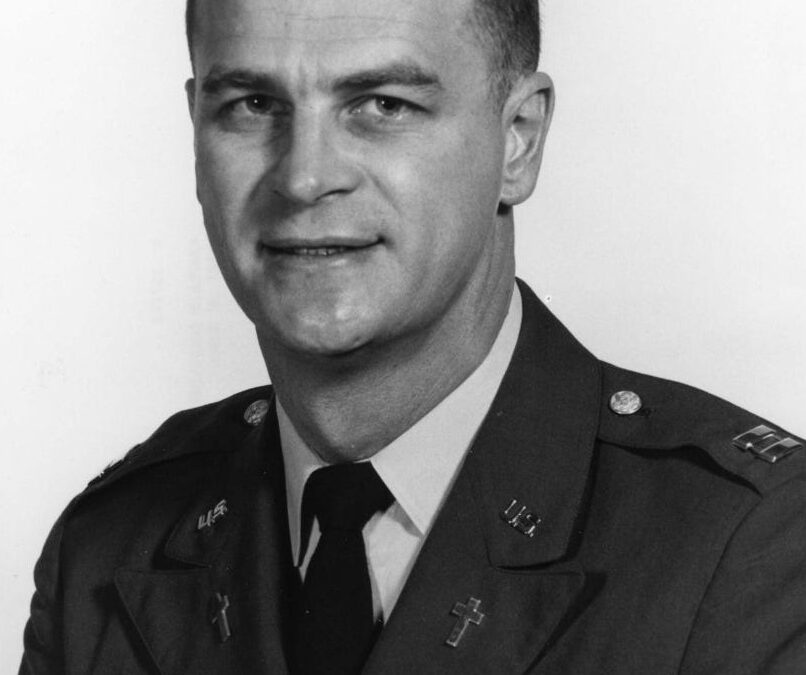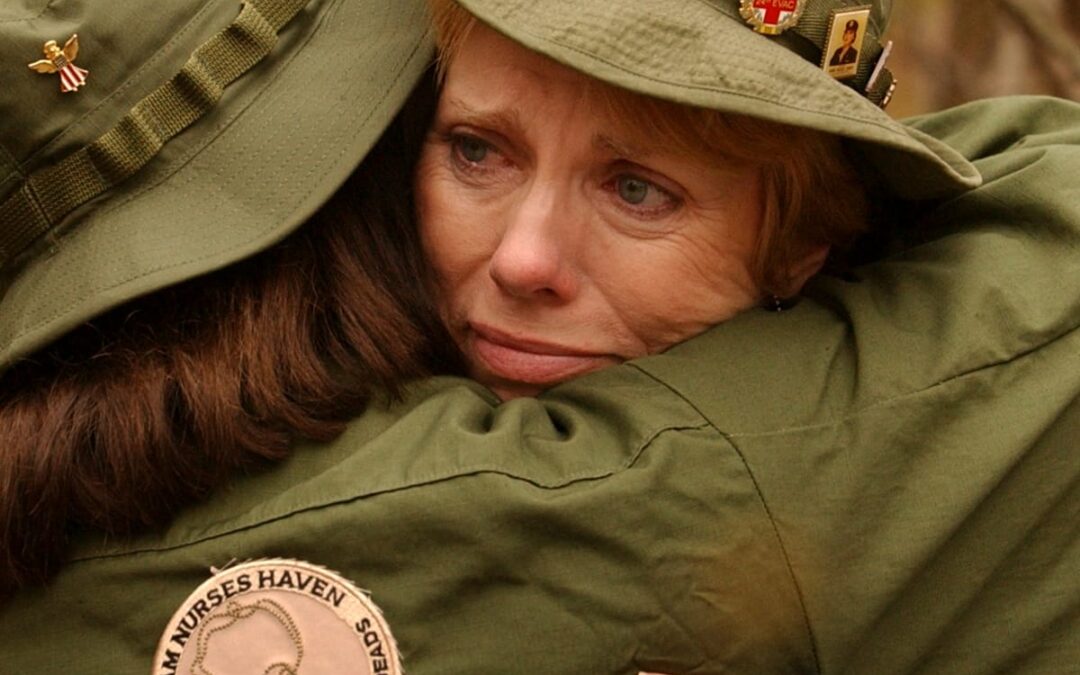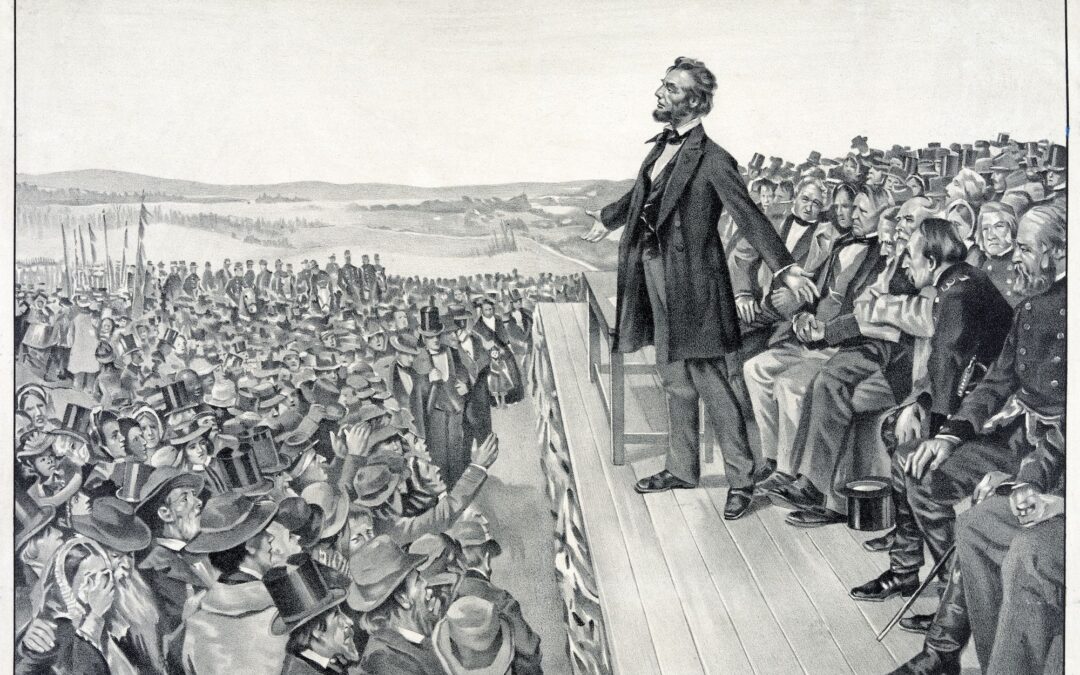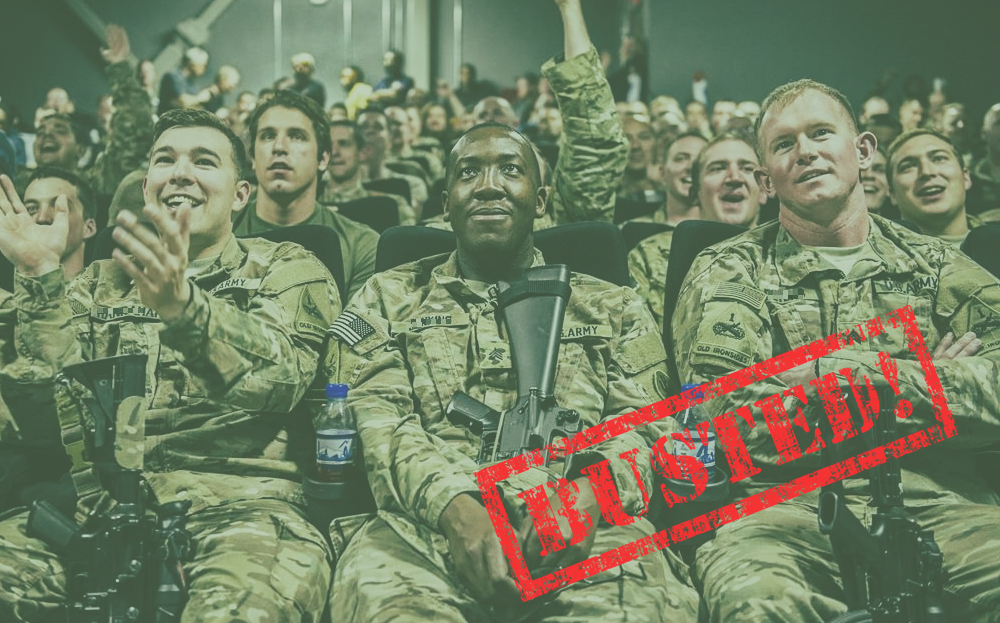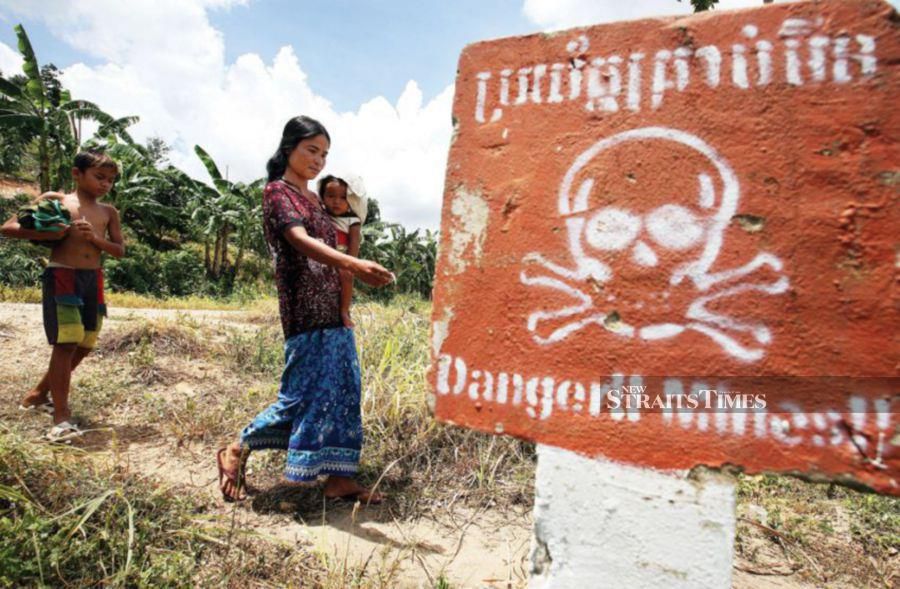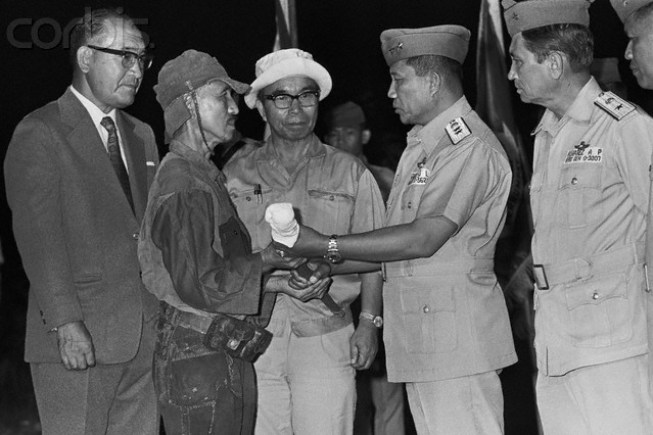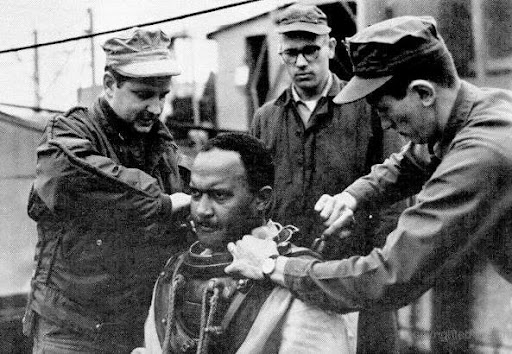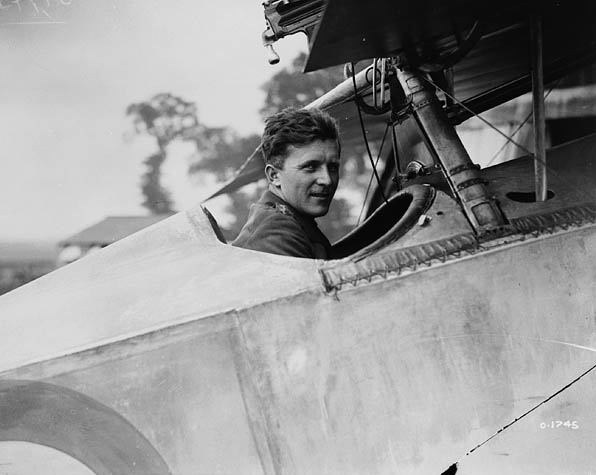Charles Joseph Liteky, a former Army chaplain, Vietnam War Medal of Honor recipient and peace activist, died of a stroke at the San Francisco Veterans Administration Hospital on Jan. 20, 2017. He was 85-years-old. At The Beginning of Charles Liteky Military Service Charles Liteky was born in Washington, D.C. on Feb. 14, 1931, the son of a crusty career sailor who served 33 years in the Navy, leading to frequent moves as he was growing up. In 1948 when his father was stationed at Jacksonville Naval Air Station, the darkly handsome, 6-foot-1, 160-pound senior was the charismatic quarterback on the Robert E. Lee High School's football team and was known to have broken a whole lot of girls' hearts. Following his graduation from high school, he attended Chipola Junior College and the University of Florida before transferring to an Alabama seminary affiliated with the Missionary Servants of the Most Holy Trinity. Now known as Trinity Mission, the group is a Catholic congregation...
